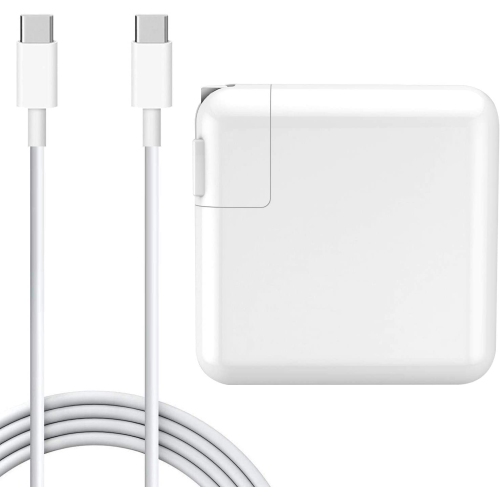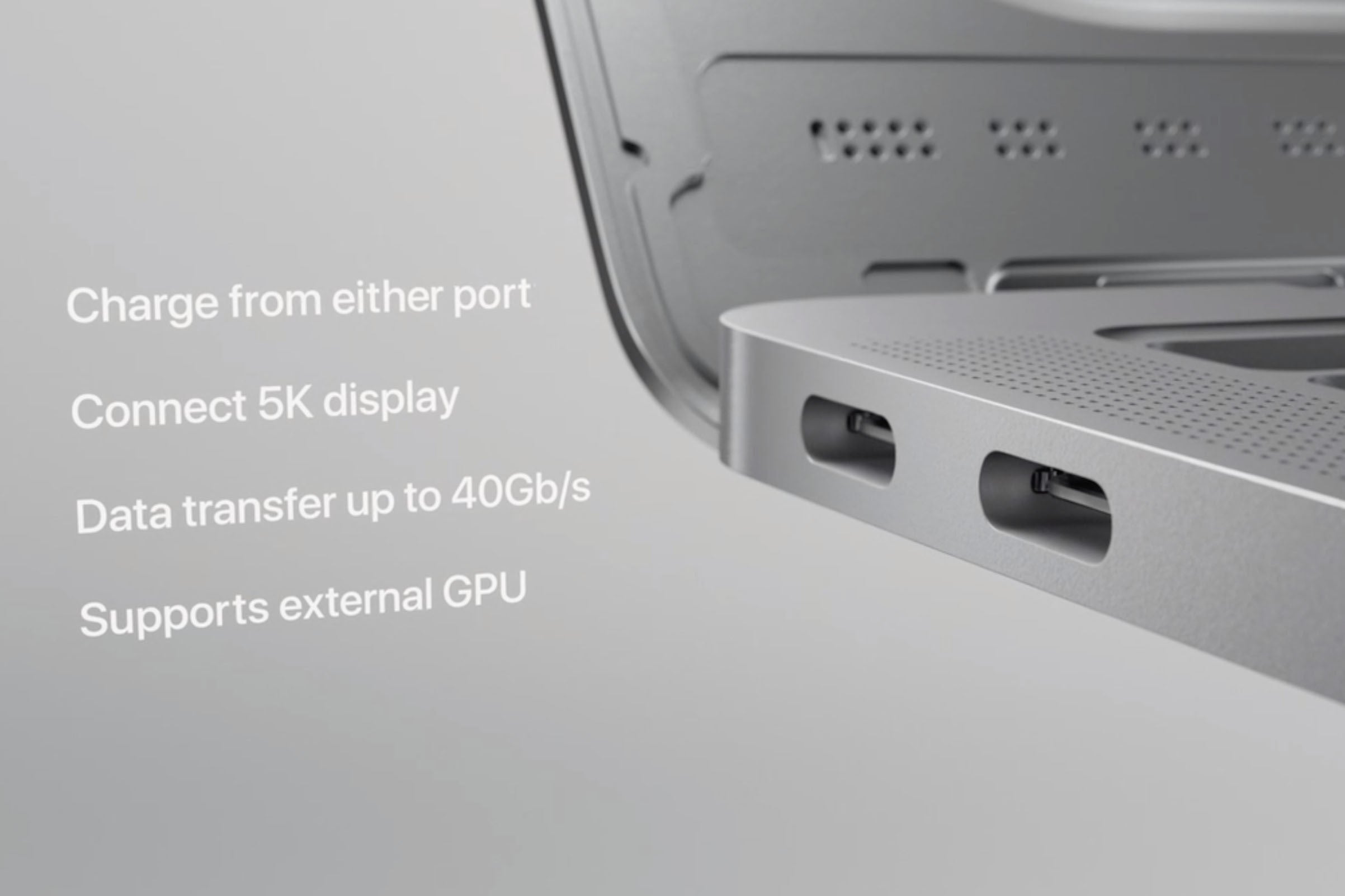

Apple’s implementation is limited to 28v. This delivers up to 48V at 5A, supporting anything up to 240W.Īpple’s new 16-inch MacBook Pro charger uses the new USB PD 3.1 EPR standard, and is – as far as I can see – the very first charger on the market to do so.

This new standard is known as USB PD 3.1 Extended Power Range (EPR). A new standard was developed to support power delivery of up to 240W, and Apple was instrumental in driving this. That was fine at the time, but with higher-powered laptops on the way, more power was needed. This allowed for power to be delivered via USB-C cables at up to 100W. When the USB-C standards were developed, there was a specific standard for charging, known as USB-C Power Delivery (PD). We yesterday outlined the background to this. While there is a specification that supports the higher voltages needed, the new 16-inch MacBook Pro models don’t support it … A report today apparently answers an open question about MacBook Pro USB-C ports: whether or not they support the new USB PD 3.1 EPR standard needed for fast charging.


 0 kommentar(er)
0 kommentar(er)
